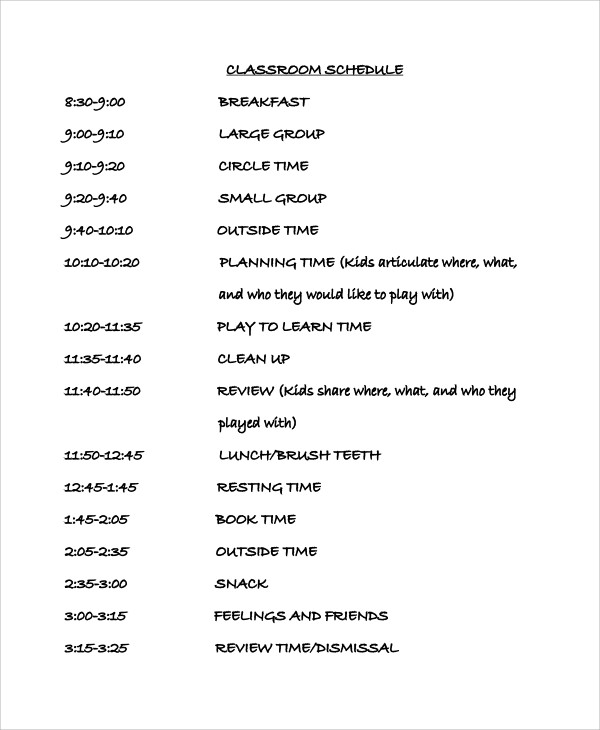

Both parents and children experience decreased stress when there’s less drama about what time you’ll eat dinner and where you’ll settle down to do homework. In addition, your whole family will benefit psychologically from a structured regime. By building one, you send a message that says, “This is how we do things.” Routines make daily activities manageable, allowing your child to focus on one thing at a time. A predictable schedule offers structure that helps kids feel safe and secure. It may not always be obvious, but children want and need routines. In terms of behavior, they help improve efficiency and daily functioning. Routines affect life positively on two levels. The Benefits of Putting Your Child on a Schedule To make structure truly effective, routines need to be seen and implemented not just as simple behavioral strategies, but as a way of life. Usually, trying to implement a daily schedule doesn’t work because parents give up too soon. Every day becomes a battle, and we’re all worn out. Yet many throw in the towel after a few weeks (or even a few days) because the routines are not working. Many well-intentioned parents enthusiastically start out to establish the structure their children need. Yet there is hope - even happiness - in sight.

But when you’re raising a child with real attention difficulties in the real world, setting and maintaining such routines can seem downright hopeless.

Do something fun to unwind before a regular bedtime. Make sure homework happens at the same time and in the same setting daily. You’ve heard it before: Set up a morning routine for kids with ADHD to get out the door on time. The keys to getting the ADHD organization help you need: belief in the power of family routines and a long-term commitment to them. To set them up with a schedule style, you’ll want to use Velcro tabs.All parents of children with ADHD have heard the routine about routines: Kids need structure, and children with attention deficit need even more. Regardless of how you use them, I would highly recommend printing them out on cardstock (which is why I have them in Black and White only, to hopefully save you on printer ink) and then laminating them. You can also use this set as a printable toddler schedule. My hope is that these cards can be used by any preschooler- with a disability or without.
#PRESCHOOL DAILY SCHEDULE TEMPLATE HOW TO#
#PRESCHOOL DAILY SCHEDULE TEMPLATE FREE#
Which is why I wish I’d been able to create this free printable preschool schedule pack when Sweet B was in preschool. I’m not trying to compete with that because that’s their dedicated focus and for me, it’s just filling a need at home. I hope, one day, to make my printable schedules and other printable resources for autistic kids more compatible with PECS products. I had created it as a free alternative to PECS, which is the primary system that my autistic daughter uses for communication at school and occasionally at home. When I created the My Daily Schedule printable pack, I had no idea as to how popular it would become. If you are preparing your toddler for preschool or are wanting to structure out your classroom, be sure to grab this free printable preschool schedule.


 0 kommentar(er)
0 kommentar(er)
